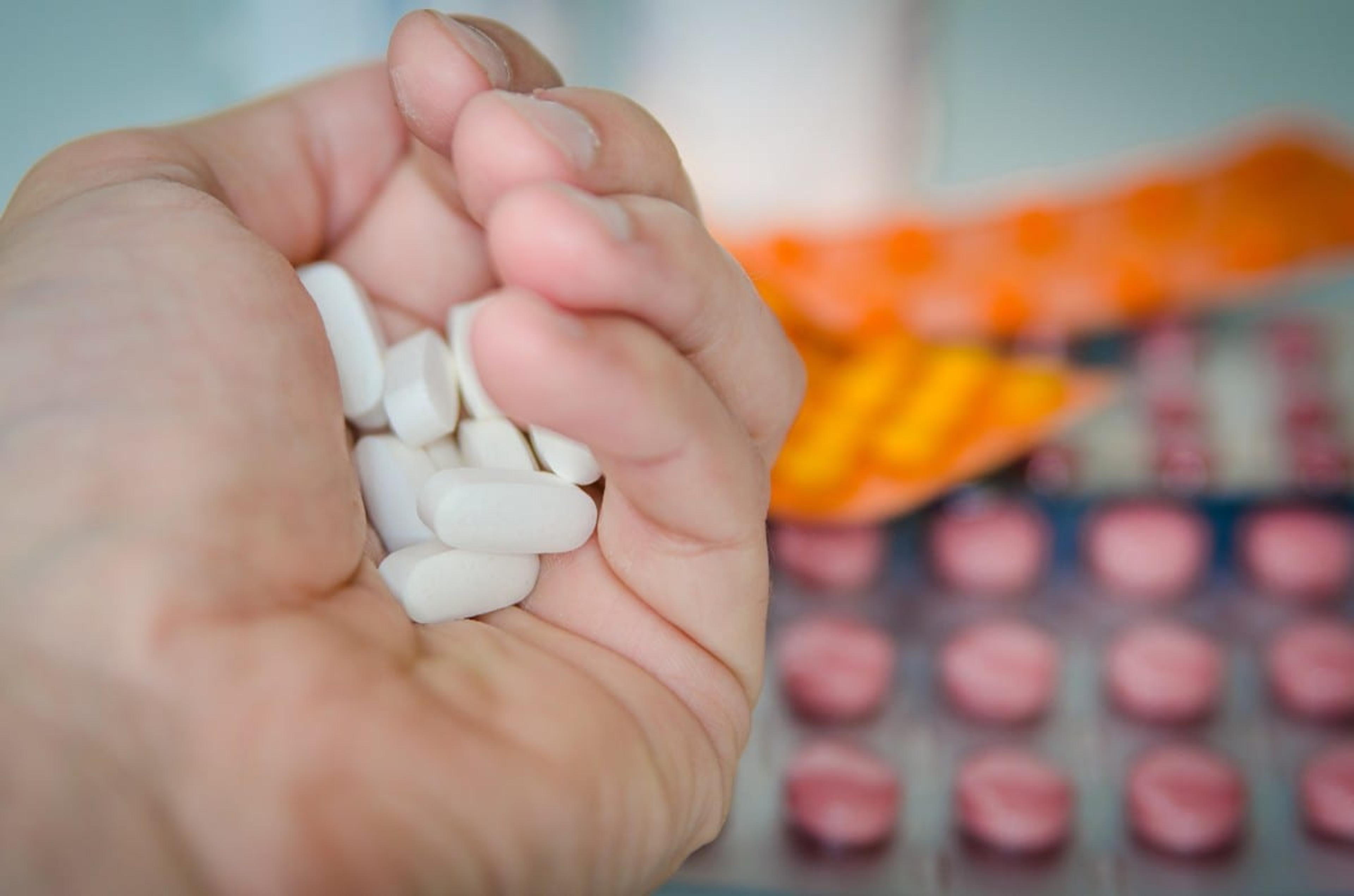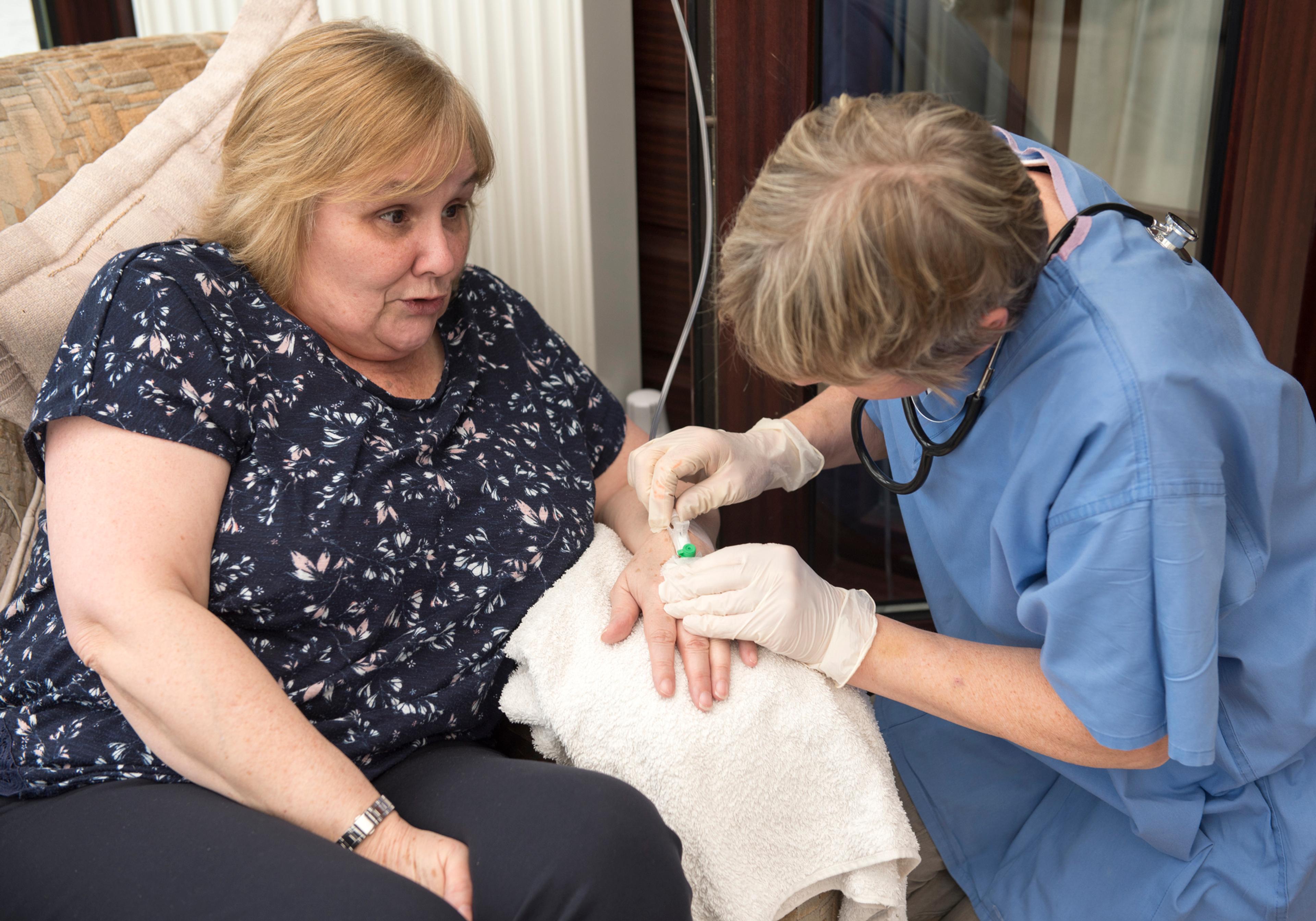10 Drugs with Big Price Increases—and Ways Blue Cross is Helping Members
Jake Chaffee
| 5 min read
Clinical Pharmacist

When open enrollment began in the fall, many news stories mentioned how insurance rates were rising across the country. One of the major factors behind rate increases: the increasingly high cost of pharmaceuticals, especially expensive specialty drugs. Since 2014, some drug prices have been rising at alarming, unsustainable rates. A few drugs saw price increases over 500 percent in one year, while some of the best-selling drugs had double-digit price increases each year. In 2015, Blue Cross saw specialty drug spending go up by nearly 35 percent as a result of new costly hepatitis C treatments. Despite decreasing hepatitis C treatment costs, in 2017, Blue Cross still saw specialty drug spending go up more than 12 percent, and the rising prices on these already expensive drugs have resulted in an increase in insurance rates. Blue Cross is committed to ensuring people have convenient access to safe, cost-effective medications when they need them. So, we’re also taking steps to curb the impact of rising drug prices for our members and group customers. Here’s a look at 10 of the worst drug price offenders.
- Humira®: Considered the best-selling medication of all time, this highly used prescription injectable medication treats moderate to severe rheumatoid arthritis, psoriasis and other immune conditions. Humira® has increased in price a whopping 80 percent since 2013. The average monthly cost is now over $4,400.
- Enbrel®: This injectable medication, widely used to treat rheumatoid arthritis and psoriasis, has a hefty price tag at over $4,400 per month for patients. In early 2013, an Enbrel® injection had cost around $600, now it is over $1,100.
- Ravicti®: This drug is used for long-term management of high levels of ammonia in the blood caused by a condition called urea cycle disorder. Without the medication, ammonia buildup could reach the brain and cause irreversible damage. Ravicti® is one of the most expensive prescription drugs available, with monthly costs averaging $50,000. The cost for this drug has risen over 50 percent in three years.
Even non-specialty medications experienced drastic price hikes:
- Evzio®: Containing only naloxone, the life-saving antidote for opioid overdoses, Evzio®, costs up to $5,125 for two injectors. In just two years, Evzio® increased in price by over 400 percent or a total of $4,000.
- Auvi-Q® and EpiPen®: The brand-name EpiPen® can now cost patients more than $600 per two-pack. Auvi-Q®, another epinephrine auto-injector made by the same company as Evzio®, has a price tag of $4,500 per two-pack. Over a five-year timespan from 2012 to 2017, EpiPen® prices increased by over 120 percent, adding an extra $400 to the price tag for patients. For people with severe allergic reactions, products like these are crucial life-saving medications. Due to the high cost, many people seek other less-expensive alternatives.
- Glumetza®: A long-acting version of the drug metformin, which is used to control high blood sugar in patients with type 2 diabetes, Glumetza® has increased from $12 to $111 per tablet over the course of three years. The result of this price increase is a daily medication with a shocking 800 percent increase.
- Humalog®: A rapid-acting insulin, this common drug is used to control blood sugar in patients with diabetes. Insulins have experienced multiple price increases in recent years. Today, a vial of this medication will run you nearly $300, while the pen version can cost over $100 per syringe. For patients with high insulin needs, the price increase of over 80 percent since 2012 has resulted in significant cost increases at the pharmacy.
- Pennsaid® (diclofenac sodium topical solution 2%): In 2014, Pennsaid® cost patients just $2 per gram, but today the drug has a price tag of over $20 per gram. This means a bottle of Pennsaid®, which lasts a month, costs over $2,000. Pennsaid® contains the active ingredient diclofenac sodium that is available as a much less expensive oral tablet. Both are used to treat osteoarthritis pain in the knees by reducing inflammation.
- Vimovo®: Like Pennsaid, Vimovo® is used to treat patients suffering from arthritis. It combines two available over-the-counter drugs, naproxen and esomeprazole, into a prescription that costs over $2,000 a month. This drug has seen over an 800 percent increase since 2014, going up in price from just under $2 per tablet to more than $35 per tablet.
- Onfi®: While Onfi® may not have as hefty of a price tag as other drugs on this list (a month of therapy still runs about $2,000), its price has increased by 90 percent over four years. Onfi® is used to treat a severe form of childhood epilepsy called Lennox-Gastaut syndrome.
Evzio®, Auvi-Q®, EpiPen®, Glumetza® and Vimovo® are all drugs with increasingly high prices that are not covered on any of Blue Cross’ non-Medicare drug lists. These drugs have lower cost alternatives that are just as safe and effective for members to take. Blue Cross is fighting back against increasing drug costs. On a state and national level, we’re continuing to develop policies and strategies to regulate pharmacy costs for our members. In the meantime, we’re working to reduce the impact felt by Blue Cross and Blue Care Network members by promoting the use of generic drugs and excluding egregiously priced drugs from our covered drug lists when less expensive alternatives exist. We use prior authorization as another tool to reduce rising drug costs. Prior authorization means that pre-approval of a medication is required before a pharmacy can dispense it to a patient as a covered benefit. This process helps to ensure appropriateness of the drug for the patient and promotes lower-cost treatment alternatives. Rising U.S. drug costs have sparked conversation and a push for action at the state and national levels to curtail unexpected and excessive price increases, making life-saving drugs attainable for those in need. If you would like to read more about prescriptions and pharmacy-related topics, check out these posts:
- Spend Less at the Pharmacy in 5 Easy Steps
- Could Your Next Prescription Be Ordered Online? What to Know First
- Saved by a Pharmacist: How One Patient Avoided a Double Dosage Mistake
Photo Credit: Pxhere





